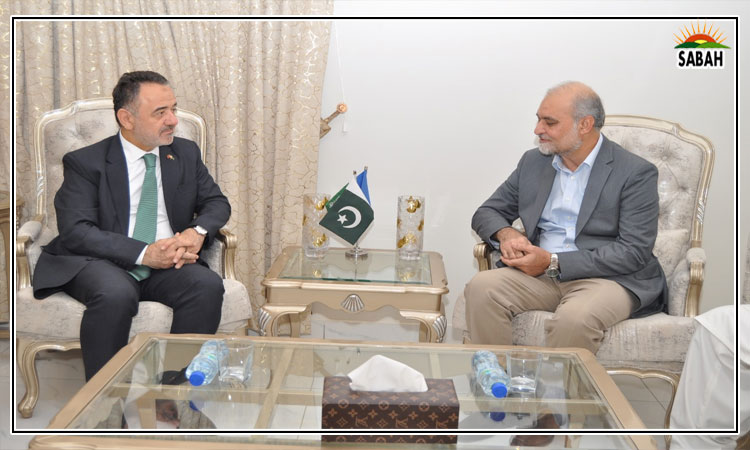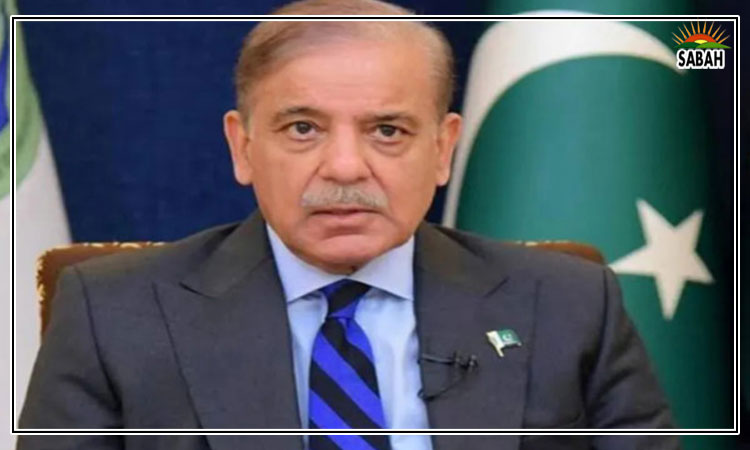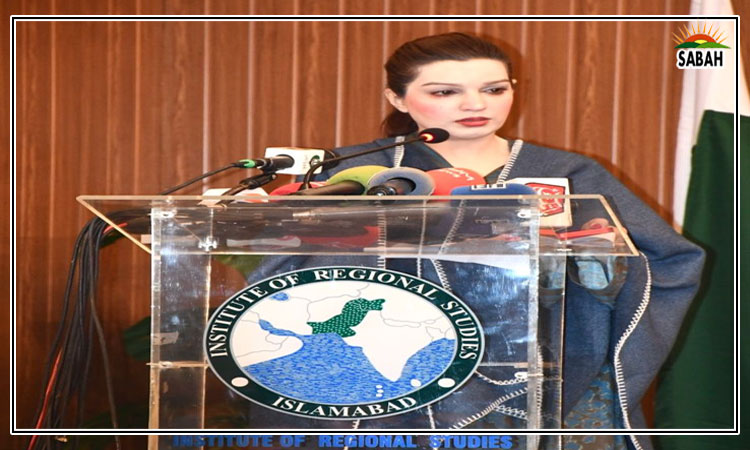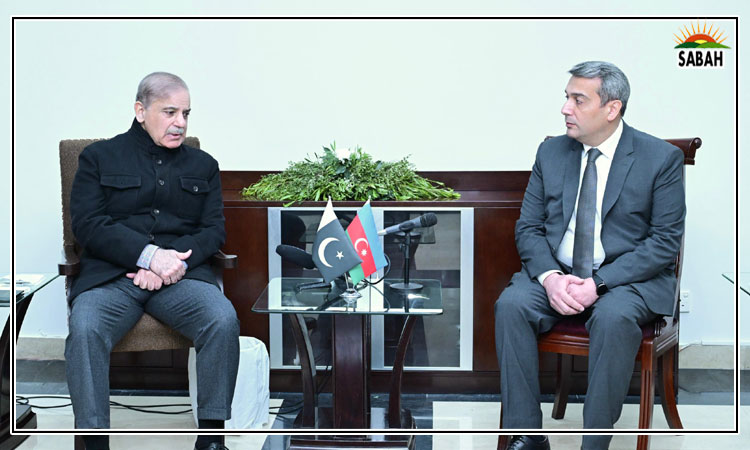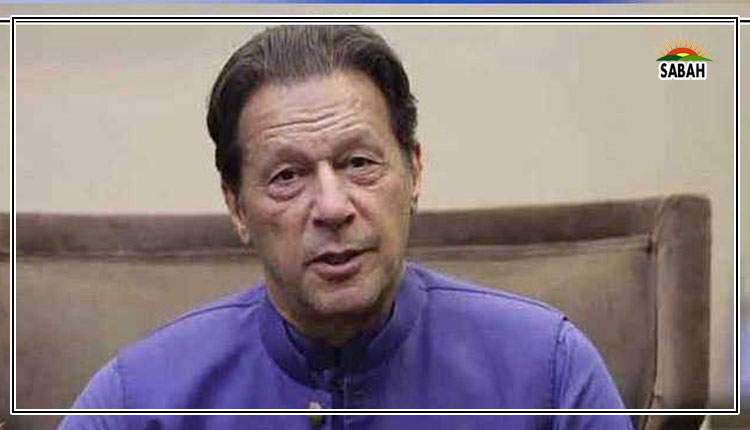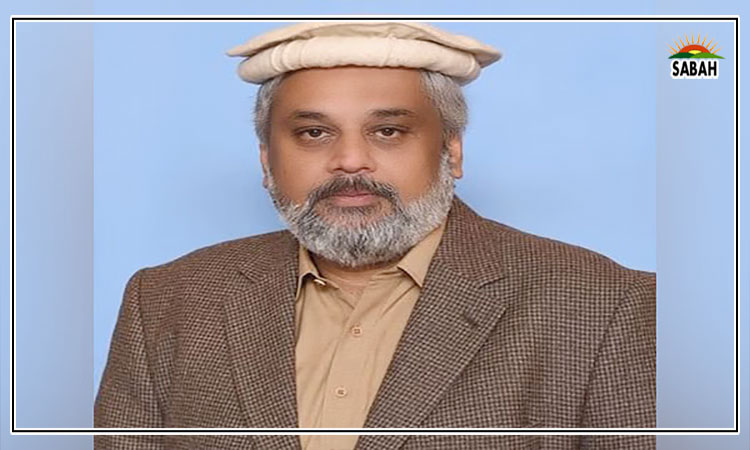Structural adjustment flops…Abbas Moosvi
Structural adjustment programmes by the IMF have been characterised, in the neoliberal era, by two overarching goals: a) macroeconomic stabilisation via a reduction in the fiscal deficit, mitigation of the rate of inflation, and improvement in the current account; and b) privatisation/ denationalisation. The first of these was formalised in Pakistan during the transitionary period between Zia ul Haqs military regime and the incoming civilian government led by Benazir Bhutto triggering a recurring cycle of programmes that were agreed to by political leadership over the subsequent decades. How successful were they?
In the years prior to the first SAP, the average annual fiscal deficit as a percentage of GDP was 7.17% a figure that rose to 9.5% of GDP in the years 1992-93. As per the World Bank, this was perfectly normal and to be expected due to the transitional costs that were accepted before economic growth and efficiency would generate broader economic improvements. What is usually left out of discussions, however, is that the IMFs own stated objective of the 1988 SAP was to bring down the deficit to 4.8% of GDP by 1990-91. Furthermore, government subsidies, rather than declining as promised by proponents of SAPs actually rose significantly, going from a total of Rs12.5 billion in 1990 to Rs150 billion in 2009. This naturally raises concerns about the newly privatised enterprises which seem to have remained dependent on government support in order to survive.
Tax revenues, on the other hand, far from improving, largely declined going from an annual average collection of 11.1% of GDP in the 1990s to 9.3% in the 2000s. Personal income tax rates fell from an average of 30% in 2006 to 20% in 2009, and corporate tax rates shrank from an average of 53% in 1992 to 35% in 2009. Indirect tax rates, however, rose from an average of 15% to 17% in the same period. All these data points indicate that whenever the fiscal deficit might have improved, which it rarely did, it predominantly came at the expense of ordinary citizens who faced higher general sales taxes and a contraction of public investment in development and crucial social sectors. Healthcare expenditure, for instance, went from 1% of GDP in 1987 to 0.7% in 1997 and 0.23% in 2010.
Pakistans exports in 1990 stood at $6.1 billion a figure that climbed to $7.8 billion by the end of the decade, with an annual average growth rate of about 5.66%. While this may sound promising, the annual average growth rate for exports in the previous decade was 9.77% almost twice as high. The trade deficit as a percentage of GDP rose in the first three years of the 1990s, falling once in 1993 and rising again in each of the subsequent three years up until 1996. At a broader level, Pakistans exports as a share of the worlds total fell from 0.18% in 1990 to 0.15% in 2000 signifying a total failure on the part of the SAPs. These numbers are made all the worse if a comparison with other countries in South Asia (India, Bangladesh, Malaysia and Thailand) is made which increased their share of world exports, on average, by 185% between 1990 and 2008 while Pakistans share declined by 17% over the same period.
The annual average rate of inflation in Pakistan during the decade of the 1980s was 7.27% a figure that climbed to 9.72% in the subsequent decade, after the onset of SAPs. One of the reasons for this, of course, was the large-scale imposition of indirect taxes and surcharges on oil, gas and electricity along with the 1994 Energy Policy which introduced international power producers into the power production arena and increased Pakistans reliance on oil/gas producers around the globe. The Gini Coefficient, which indicates the level of inequality in a country, rose from 0.35 in 1987-88 to 0.41 in 1990-91 and wages as a proportion of national income declined from 32.3% to 30% over the same period. Absolute poverty defined by a certain calorie intake and non-food monthly expenditure also rose, going from 13.81% in 1987-88 to 17.26% in 1990-91.
Even privatisation, celebrated across the globe at the time as a fool proof strategy to stimulate economic growth and development, had miserable results. A study by the Asian Development Bank in 1998, for instance, documents how only 9 out of 38 public manufacturing enterprises saw higher rates of efficiency following privatisation. This is not to mention that approximately 20 high-profile public sector units, including Naya Daur Motors, Karachi Pipe Mills, Quality Steel and Nowshera Chemicals, were all shut down in the late 1980s leading to a contraction in GDP to an annual average of 5.1% in the first half of the 1990s and 4.1% in the second. In contrast, annual average GDP hovered around an annual average of 6.1% during the Zia ul Haq regime. Even the privatisation of the banking sector, which exists to foster economic growth via ease of transactions, access to credit and formalisation of the economy, was not able to boost the commercial prowess of the country or bolster foreign direct investment. Finally, the PTCLs market value fell to Rs88 billion by 2009 down from Rs358 billion just four years prior, when it was still under the state.
Despite strong evidence of IMF-led SAPs failing to achieve their promised objectives, the same policies continue to be in Pakistan. These one-size-fits-all prescriptions form the modus operandi of virtually all international financial institutions and multilateral donor agencies, which have crowded out the knowledge production arena via directed funding to opportunistic government agencies, non-government organisations, development consultancies, think-tanks, and more, that are looking to make a quick buck. The consequences of this cannot possibly be overstated, and have indeed led to a situation where governance has been reduced to a process of repeatedly attempting to implement the same ideas and expecting different results.
It is time to stop pretending that policy is, or can be, an entirely technical endeavour. Every decision that is taken in the corridors of power benefit certain groups and harm others: and it is only after a wide-ranging acknowledgment of this basic fact can a reorientation towards genuine, sustainable development be possible. There is no such thing as apolitical in this arena.
Courtesy The Express Tribune



